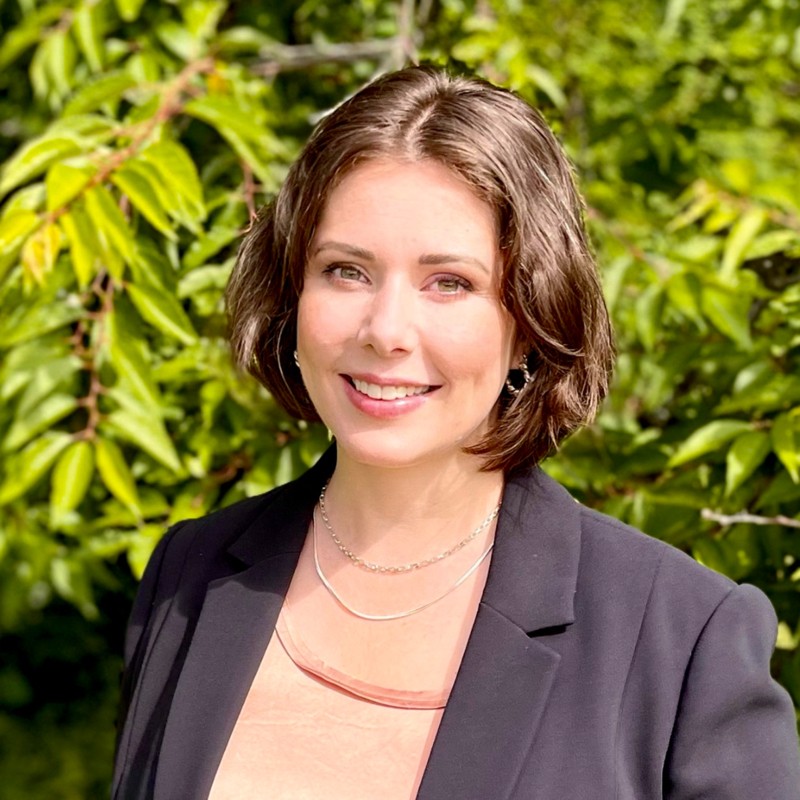Guest blog: Special needs in mainstream schools – the hidden 13% and beyond
)
It has become common knowledge that the number of children identified as having special needs is rapidly increasing, usually quantified by the percentage of children with Education, Health and Care Plans (EHCPs) issued. Currently 2.5% of children in mainstream schools have an EHCP. However, less commonly spoken of are the children whose special needs are not part of the EHCP system.
A staggering 13% of children in state mainstream schools receive extra support without an EHCP being in place. Pupils in mainstream independent schools with special needs are also not accounted for.
Perhaps most concerningly are the unknown number of children, across all schools, who mask their special needs from view. All of these children are missing from the headlines you’re likely to have seen on the topic.
The increase in EHCPs
EHCPs set out the support to be provided to a child with special educational needs. This places a statutory duty on their local authority to both fund this support and ensure it is delivered effectively.
Gov.uk tells us that the portion of children with an EHCP (or Statement of SEN pre-2014) has more than doubled since 2010, with a significant increase every year. From 2022 to 2023, the percentage of children with an EHCP grew by 9%.
But why?
In a post-Covid world, children are living with the trauma that social isolation caused them. As adults, we too are recovering from the impact of the pandemic, and are now also dealing with the cost of living crisis. Pervasive stress is present in families in a way that it wasn’t before, and with this our awareness of mental health has become far more acute.
Following this shared experience, our mainstream culture has become more accepting and caring towards those with special needs. I know that my heart was not the only one warmed to see Lewis Capaldi cheered on by the crowd at Glastonbury as his Tourette’s syndrome impacted on him visibly during his performance.
With this very welcome shift towards a greater recognition of special needs, both professionals and families are seeing the children around them in a new light. Children who may previously have been dismissed as ‘difficult’ or ‘badly behaved’ are now being considered more closely, with their true struggles more clearly recognised.
Pushing to better support the children they are connected to, parents and teachers are seeking out professional assessment. In 2022, a total of 93,000 EHCPs were applied for, which is the highest number ever recorded and an increase of 7% from the previous year. This is increasing the number of children diagnosed with special needs, and in turn the number of EHCPs issued.
Although, increased diagnosis rates and number of EHCPs issued are not necessarily the same as an increased need. It seems likely that we are currently seeing an upsurge in both.
Special needs support without an EHCP – the hidden 13%
So far, we have considered the national story of children with EHCPs. But what of those children with special needs who have not applied for an EHCP? And those who have applied, but make up the 21% of applicants who do not meet the threshold to receive one?
In addition to the 3% with EHCPs, a further 13% of children in state mainstream schools are being given extra support to meet special needs. This is in addition to the universal offer, so it begs the question: without additional funding in place via the EHCP process, how are schools meeting the needs of these children? It seems likely that the financial and human resource given to these children must be drawn away from other areas.
With a moral duty to give schools the practical means to cater to all students with special needs, the hidden 13% cannot continue to sit outside of statutory recognition.
Hidden special needs beyond the 13%
Not known nationally is the number of children in independent mainstream schools who are receiving extra help. EHCPs are rarely used for children who are in mainstream independent schools, as placements are not funded by local authorities. However, independent schools have their processes in place to support children with special needs, under the watchful eye of the Independent Schools Inspectorate.
Beyond this, we are increasingly aware that children with special needs commonly ‘mask’ their differences. Determined to fit in socially or to avoid being labelled a ‘problem’ by their teachers, children with special needs, particularly those who are capable emotional regulators, can put on a convincing act.
It seems logical to expect that there is a further hidden pupil population, beyond the 13%, who have not been identified as needing extra help.
You may be thinking that if these children are able to mask their special needs, then they are able to cope and do not need additional help. I would argue passionately to the contrary. Although it may not be visible, these children will be putting themselves under a degree of constant stress in order to maintain the façade. This is not only harmful to the child’s wellbeing, typically causing anxiety and/or depression, but also takes their attention away from learning activities. All children deserve to have their educational needs met so they can have the optimum opportunity to learn at school.
The response
For strategic decisionmakers in mainstream schools, I urge you to discuss rigorously how your school is serving children who may have hidden special needs. These are seven key reflections that I would recommend for conversation with leaders and stakeholders:
- Are school leaders aware of the national landscape with regards to special educational needs?
- Is the masking phenomena understood by teaching staff and leaders?
- How are hidden special needs considered in school monitoring processes?
- What mechanisms are used to make stakeholders aware of how effectively special needs are being met?
- How are teaching staff supported to identify children whose needs may be hidden?
- How does recruitment and training strategy ensure that enough staff, with the appropriate skills, are present in classrooms?
- How are financial resources distributed to identify and support those with hidden special needs?
I’m sure that the discourse resulting from these reflections will vary hugely between individual schools. But it is certain that a significant number of children stand to gain from this work taking place, as we begin to address the 13% and beyond.
-
Amy Creatura
Co-founder & chief education officer, The Hub SEN



